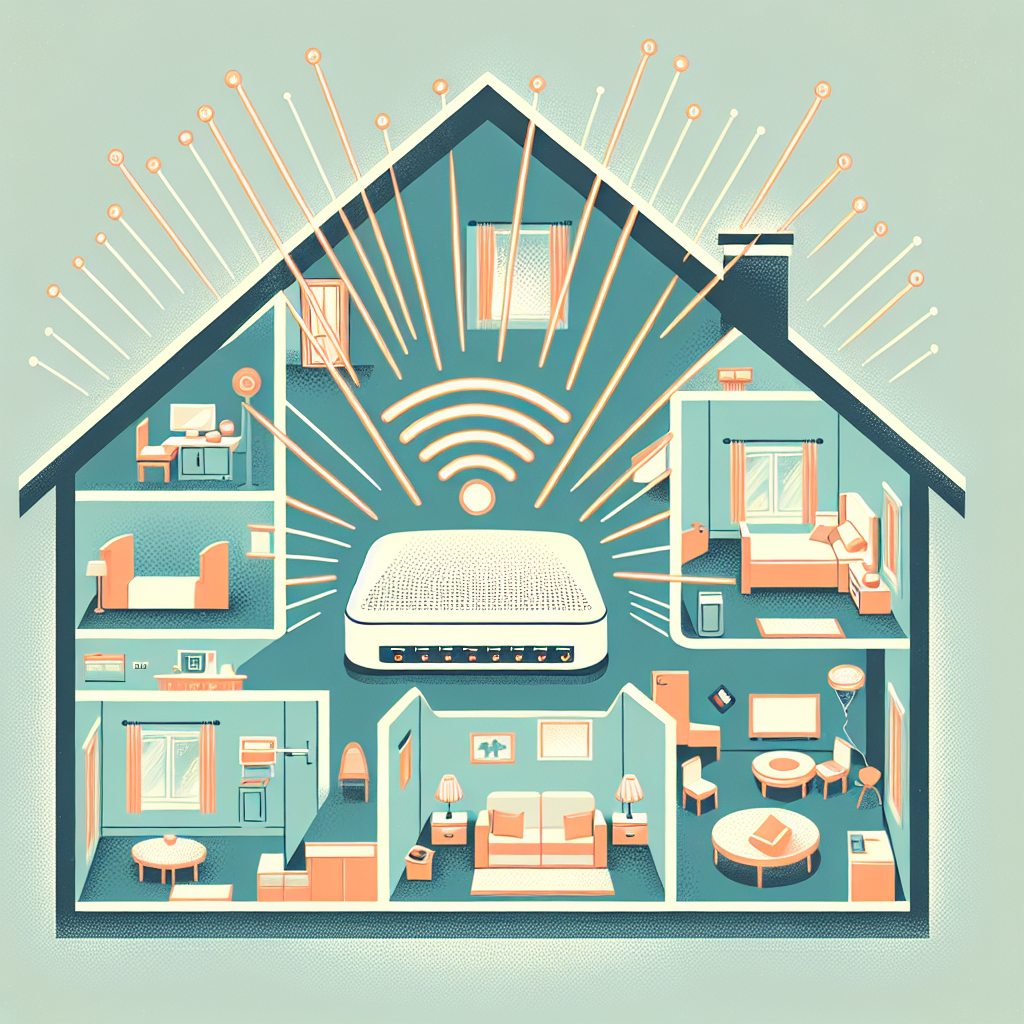Your home WiFi network is essential for keeping your devices connected to the internet, but it can be frustrating when the signal is weak in certain areas of your house. Several factors affect the strength and reach of your WiFi signal, from physical obstructions to interference from other electronic devices. Understanding these factors can help you optimize your home network for better performance.
Let’s delve into some common reasons behind weak WiFi signals and how you can address them:
1. Physical Obstacles
Walls, floors, and furniture can all obstruct your WiFi signal. The strength of your signal decreases as it passes through these materials. For example, thick brick walls are more likely to attenuate your signal compared to thinner partitions.
| Material | Impact on WiFi Signal |
|---|---|
| Brick/Concrete | Strong Attenuation |
| Wood/Plaster | Moderate Attenuation |
| Glass | Minor Attenuation |
To mitigate this, try placing your router in a central location within your home.
2. Interference from Other Devices
Many household devices operate on the same frequency as your WiFi router, such as microwaves and baby monitors, leading to signal interference. Choose channels on your router that are less congested, or consider upgrading to a dual or tri-band router to minimize interference.
3. Distance from the Router
The farther you are from your router, the weaker the signal. WiFi signals degrade over distance, especially if there are obstacles in the way. Ensure that your most frequently used devices are within the optimal range of the router.
4. Router Placement
Placing your router in a low or enclosed space can limit its range. Elevate your router and place it in an open, central location to maximize coverage.
5. Outdated Hardware
Older routers may not support the latest WiFi standards, which can limit your network’s performance. Investing in a modern router with better range and speed capabilities can make a significant difference.
6. Network Congestion
If multiple devices are using the network simultaneously, your WiFi can become congested. Use Quality of Service (QoS) settings to prioritize bandwidth for critical devices or activities.
7. Signal Interference from Neighbors
In densely populated areas, WiFi signals from neighboring networks can cause interference. Using a WiFi analyzer tool can help you select a less congested channel for your network.
Solutions to Enhance WiFi Signal
1. WiFi Extenders/Repeaters
These devices can help extend the range of your WiFi signal by amplifying it and rebroadcasting it to areas with weak coverage.
2. Mesh WiFi Systems
Mesh systems use multiple units placed around your home to create a seamless network with excellent coverage.
3. Wired Solutions
Consider using Ethernet cables for stationary devices to reduce the load on your WiFi network and improve overall performance.
Troubleshooting Tips:
- Ensure your router firmware is up to date.
- Minimize the number of connected devices.
- Reboot your router regularly.
- Change your WiFi password to prevent unauthorized access.
By taking these steps, you can significantly improve your home WiFi signal and create a more reliable and faster internet experience.

